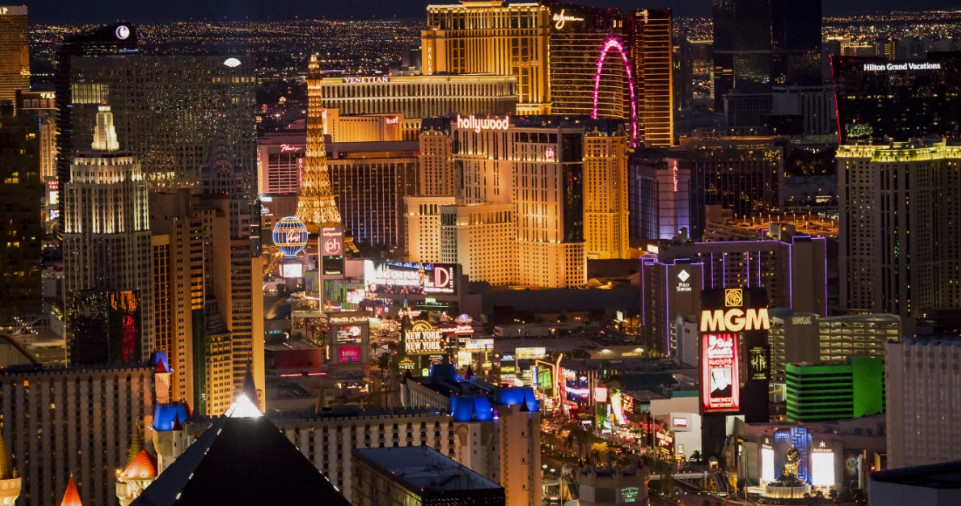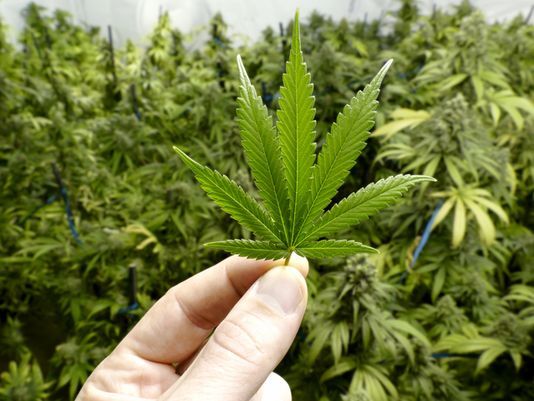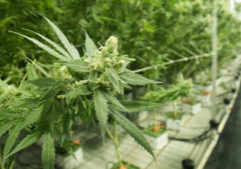Most marijuana dispensaries in Las Vegas reported similar results during the first week of legal recreation sales: Long lines of eager customers and strong revenue.
That was just the beginning.
Those big lines only represent a fraction of the market for Nevada’s new industry when considering a vast number of buyers stayed home during the initial push.
Basic economics suggest dispensaries will now need to focus on gaining market share with early adopters in this growing market of consumable product. Multiple dispensary owners have said that just because a marijuana vendor is open for business doesn’t mean consumers will choose to buy at that particular store out of the 45 dispensaries in the area.
“Marijuana isn’t different than any other business, we have to offer our customers great value, great service and a great price,” said David Goldwater, owner of Inyo Fine Cannabis Dispensary. “Anybody who thought they were going to make more money than selling any other widget is probably mistaken.”
It’s comparable to how consumers set aside money in their budget to drink at one bar instead of another, Goldwater added, in that customers will budget for marijuana purchases and be particular in choosing the dispensary where they shop.
How consumers make such choices has absorbed economists for decades. Often it’s mindshare earned through marketing, other times it’s brand preference after sampling multiple outlets, and sometimes it’s the effects of customer service or sheer convenience.
The same holds true with Nevada’s new recreational marijuana industry, which brought in $3 million in sales during its first four days.
“It’s still a business at the end of the day, and everyone is competing to earn those customers,” said Andrew Jolley, owner of The+Source Dispensary. “It’s that competition that pushes dispensaries to have better service and that helps customers to have a better experience and fair pricing.”
Customers on average will make purchases every 19 days, according to a 2016 study from cannabis research firm Headset Inc. The study found the average trip costs between $27 and $64, and some dispensary owners are reporting an average visit in the initial weeks of recreation sales upwards of $100 per customer.
With consumers jumping from one dispensary to the next in the initial weeks of legal sales to find the right fit, the responsibility falls on owners to run their shop as a traditional business looking to earn a reputation, said UNLV professor Anthony Lucas. That reputation, built in part through advertising, word-of-mouth and reviews will help guide the 43 million annual tourists estimated by Nevada officials to make up nearly two-thirds of the new industry’s buyers to find a dispensary.
Goldwater, whose dispensary is located near UNLV on Maryland Parkway, said the initial customer push will taper off as more of the state’s remaining 13 medical-only dispensaries open their doors for recreational sales and buying weed slowly becomes less of a novelty.
In an environment of growing supply and demand, fighting for market share will become essential.
“You have to leverage those advantages to create value,” Goldwater said. “Those who realize that value can reach their customers and execute their business plan are going to be successful.”
But it goes deeper than convenience.
Reaching customers means getting in front of them to market their dispensary and the marijuana available there. Dispensaries don’t all offer the same product, with varying strains, edibles, and concentrates available at different locales. It’s comparable to any other industry in town — one taco shop thrives; another fails and closes.
Research by the Las Vegas Convention and Visitors Authority indicates tourists visit six casinos on average during a trip to Las Vegas. However, they gamble at just two. The same could happen with marijuana, Lucas said.
“Estimating demand is key, but it’s a very difficult thing to do, especially for marijuana, which is relatively brand new,” Lucas said. “You have to be cognizant of that and make sure you’re delivering a consistent experience.”
Becoming a go-to shop for weed consumers is crucial before additional dispensaries open their doors, which will increase competition across the industry, Lucas said.
In Colorado, where recreational marijuana sales became legal in 2014, more than 120 new dispensaries have since joined the market, while only about 20 have gone out of business. It’s the same for Oregon, which has gained over 50 new recreational marijuana retail stores since early-start sales began on Oct. 1, 2015, while losing only six in that time period.
The growth in dispensary volume, which is projected to eventually happen in Nevada, albeit not immediately, makes it that much more important for the stores to establish themselves early as a consumer favorite, as local weed buyers settle on their go-to dispensaries, Lucas said.
“There are a lot of variables because it’s so new,” he said. “But in the case of marijuana, people have to feel safe and confident.”
credit:420intel.com













